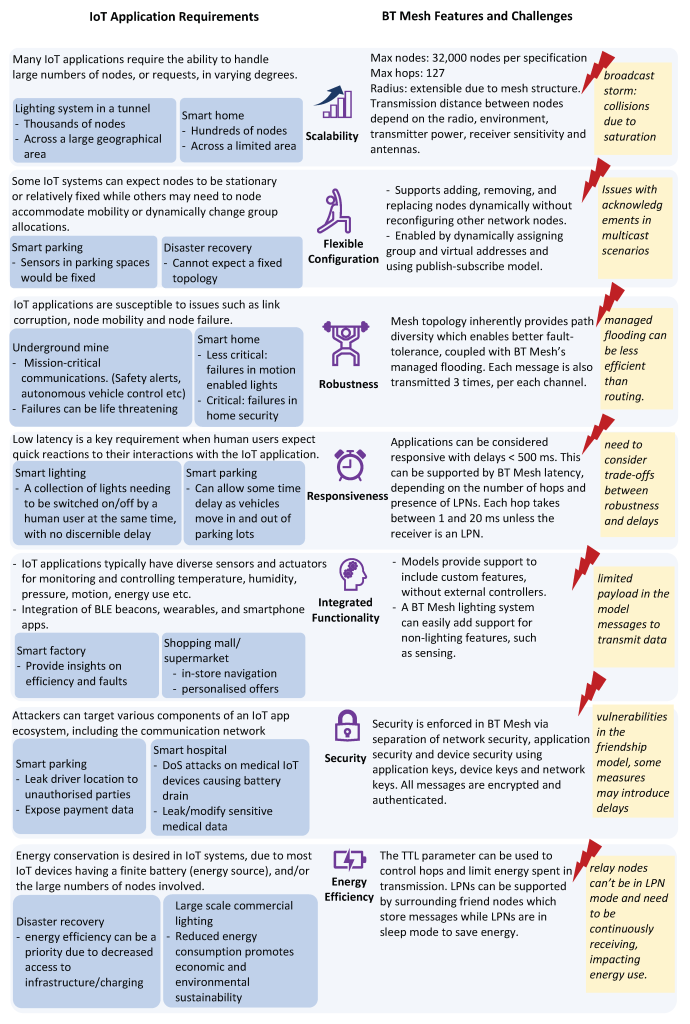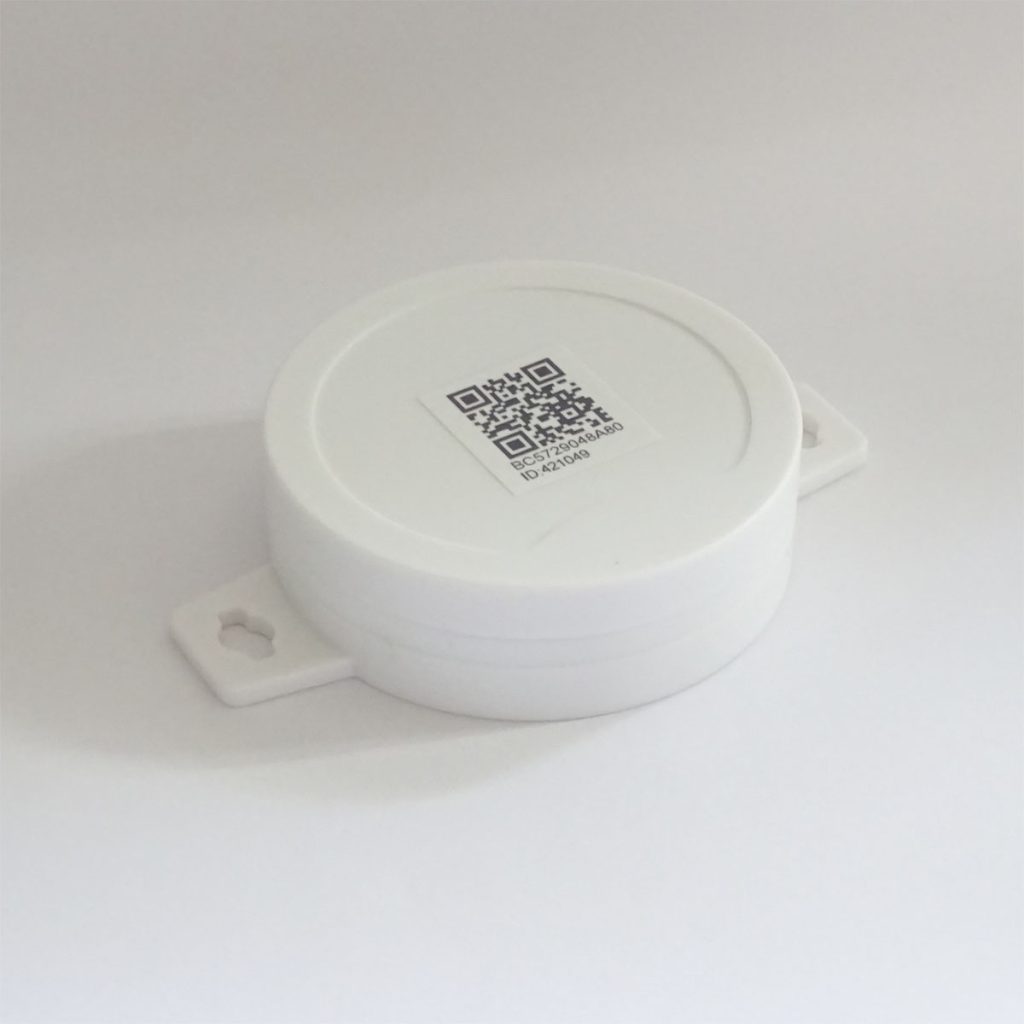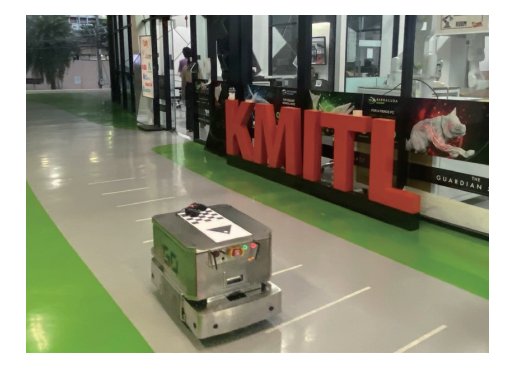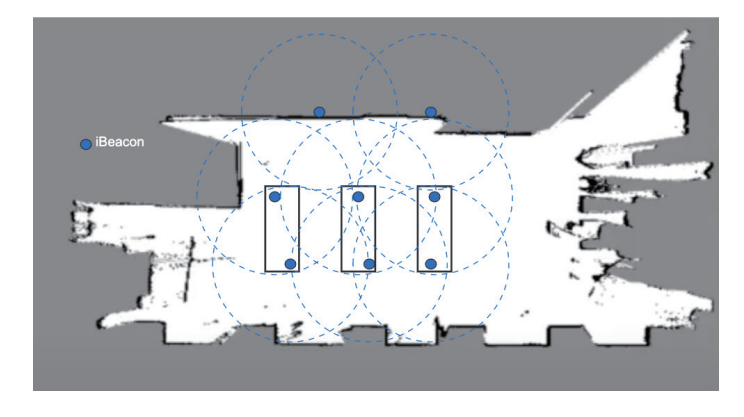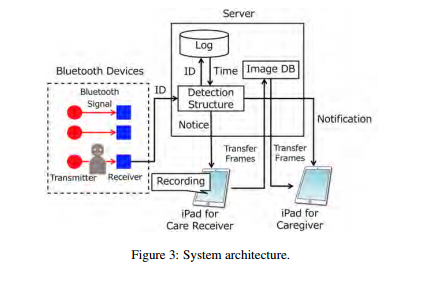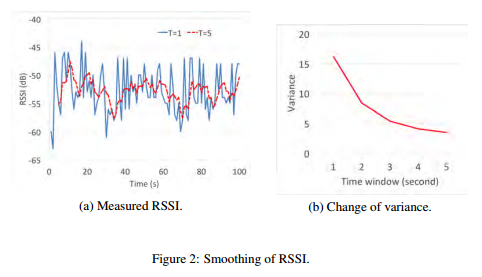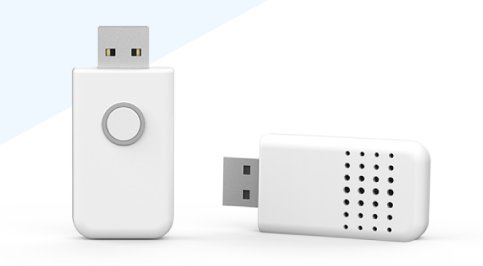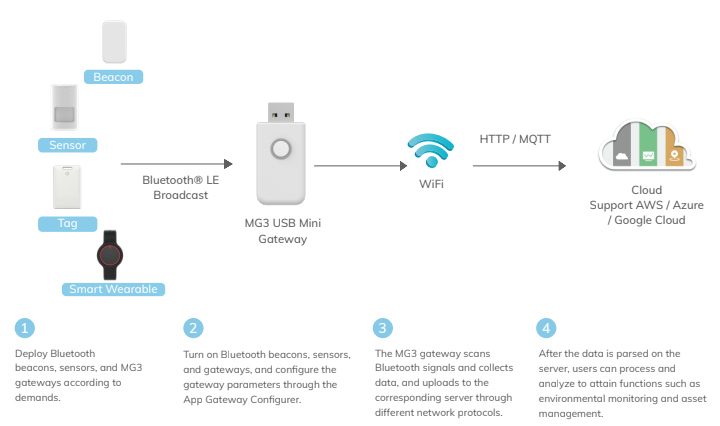Some manufacturer applications permit you to alter the Bluetooth beacon name, whilst others do not. Sometimes this modifies the entire name and other times elements such as the device id or a fixed id are prefixed or suffixed to the name. It depends on the manufacturer. Occasionally, the name may alter but the configuration app and/or phone Bluetooth software can’t discern the modification until the phone is restarted. Often, the phone’s Bluetooth stack doesn’t relay changes in the name.
In instances where the beacon prefixes or suffixes a string, this is typically because the name is being utilised by the configuration app to ascertain something, for instance, compatible beacons able to be connected, within the configuration app.
While we endeavour to inform you through our quick start guides about what’s feasible with name alterations, this frequently becomes outdated as firmware and applications evolve. The optimal method to know is to try it out for yourself.
However, the inconsistency of name-changing functionality across beacon types/versions coupled with the unreliability of seeing name changes in applications means that applications shouldn’t depend on a particular name or the capability to modify a name. We have found it’s preferable to avoid such functionality in applications and utilise the iBeacon or Eddystone ids instead.
